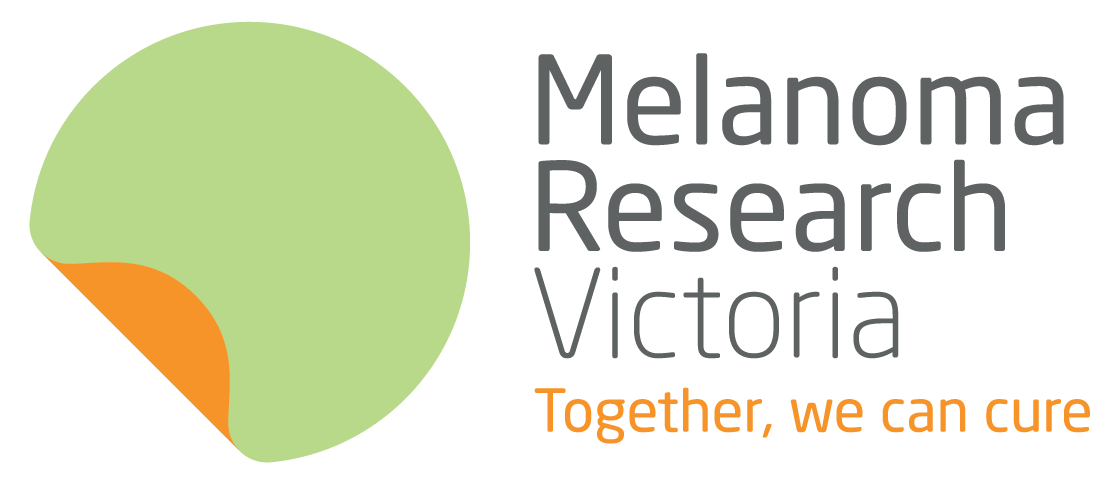8th World Congress of Melanoma Research 2013
The first Melanoma Congress was held in Venice in 1985 and has been held every four years since. The most recent Congress, held in Hamburg Germany from the 17-20th July 2013, showcased the world’s latest melanoma research. Ninety-six sessions including: plenary lectures; symposiums; workshops; panel discussions; free communications; satellite symposiums; and difficult case reviews were well attended by an international audience over the three days. A further 321 posters of melanoma research were displayed at the meeting facilitating more discussion and collaboration on this disease.
Australian melanoma research was well represented at the meeting. Thirty-five talks were given by Australian researchers, 10 per cent of the posters had Australian authors and 14 of our top melanoma researchers were invited to be Chairs or Co-chairs of the 96 sessions. Seven members of the Melbourne Melanoma Project (MMP) attended and presented their melanoma research to the Congress. A list of their oral or poster presentation titles can be found at the end of this article. Many of their findings have been generated from experiments using MMP tissue samples and associated data, generously donated by our 1350 participants. The list of titles also highlights the diversity of MMP melanoma research and clearly demonstrates collaboration.
The importance of Consumer involvement in melanoma research was emphasised at the Congress in a special session titled ‘The role of melanoma foundations’. Both Valerie Guild from AIM@Melanoma in the USA and Simon Rodwell of Melanoma Focus in the UK, spoke about melanoma advocacy in their own countries. Both individuals are colleagues of the Melbourne Melanoma Project and have assisted the project and MMP’s own Consumer Reference Group.
In 2017 Brisbane Australia will host the 9th Melanoma Congress.
Oral Presentations on Melanoma Research
17th July
1. The use of mutational testing in the treatment of metastatic melanoma
Grant McArthur (PMCC, AU)
2. Robust detection of clinically informative mutations from formalin-fixed melanoma tumors through capture-based multiple parallel sequencing
Stephen Wong (PMCC, AU)
3. UV-induced high mutation load melanomas; multiple pathways, multiple targets
Victoria Mar (VMS/PMCC, AU)
18th July
4. Adjuvant radiotherapy: the Australian/New Zealand trial
Michael A Henderson (Melbourne AU)
5. Melanoma plasticity and the changeable landscape of tumour rejection antigen
Jonathan Cebon (Ludwig/Austin, AU)
6. Oncology drug reimbursement in Australia
Grant McArthur (PMCC, AU)
7. Growth rate and survival; the insidious progression of BRAF mutant melanomas
Victoria Mar (VMS/PMCC, AU)
8. Mechanisms of inhibition of metabolism by BRAF inhibitors in BRAF mutant melanoma
Grant McArthur (PMCC, AU)
19th July
9. Slow-cycling melanoma cells are resistant to therapy and exhibit a targetable EMT-related expression profile
Andreas Behren (Ludwig/Austin, AU)
10. Metastatic melanoma today: Your questions, your solutions – panel discussion
Grant McArthur (PMCC, AU)
Posters
1. Post-excisional melanocytic regrowth extending beyond the initial scar as a sign of melanoma
Pan, Y1, Shen, S1*, McLean, C2, Kelly, J1
1 Alfred Hospital, Victorian Melanoma Service, Melbourne, Australia,
2 Alfred Hospital, Anatomical Pathology, Melbourne, Australia
2. Characteristics and associations of high mitotic rate melanoma
Shen, S1*, Wolfe, R2, McLean, C3, Haskett, M1, Kelly, J1
1 Alfred Hospital, Victorian Melanoma Service, Melbourne, Australia,
2 Monash University, School of Public Health and Preventive Medicine, Melbourne, Australia,
3 Alfred Hospital, Anatomical Pathology, Melbourne, Australia
3. Melanoma rate of growth measured using sequential biopsies
Lin, M*, Mar, V, McLean, C, Kelly, J
The Alfred Hospital, Victorian Melanoma Service, Melbourne, Australia
4. Dermoscopy of nodular squamous cell carcinoma
Lin, M*, Pan, Y, Jalilian, C, Kelly, J
The Alfred Hospital, Victorian Melanoma Service, Melbourne, Australia
5. Initial results from an open-label, dose-escalation phase 1 study of the oral BRAFs inhibitor LGX818 in BRAF V600 mutant advanced melanoma
Dummer, R1*, Robert, C2, , Nyakas, M3, McArthur, G4, Kudchakar, R5, Gomez-Roca, C6, Sullivan, RJ7, Flaherty, KT7, Murer, C1, Stuart, D8, Michel, D9, Tang, Z10, Moutouh-de Parseval, L9 , Delord, J-P6
1 University Hospital Zurich, Zurich, Switzerland,
2 Institut Gustave Roussy, Villejuif, France,
3 Oslo University Hospital, Oslo, Norway,
4 Peter MacCallum Cancer Centre, University of Melbourne, Melbourne, Australia,
5 H Lee Moffitt Cancer Center and Research Institute, Tampa, United States,
6 Institut Claudius Regaud, Toulouse, France,
7 Massachusetts General Hospital Cancer Center, Boston, United States,
8 Novartis Institute for BioMedical Research, Emeryville, United States,
9 Novartis Pharma AG, Basel, Switzerland,
10 Novartis Pharmaceuticals Corporation, East Hanover, United States
The 8th Melanoma Congress program can be obtained from the conference website http://www.worldmelanoma2013.com/
AIM@Melanoma link: http://www.aimatmelanoma.org/en/index.html
Melanoma Focus link: http://melanomafocus.com/
